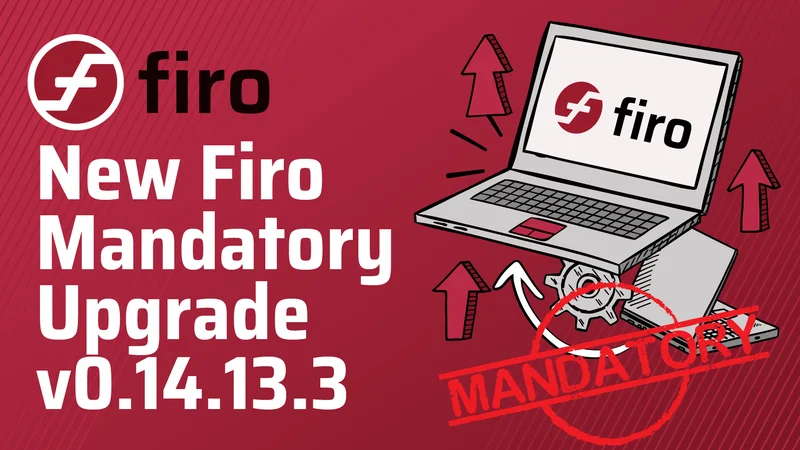Finally, Someone's Driving the Bus... Maybe?
Alright, let's get this straight. On October 22, 2025, a bunch of suits gathered around a table, probably smelling of stale coffee and desperation, and signed off on some "updates" to the Coyote Valley Dam's water control manual. This ain't just any old update, mind you. This is the first time in 66 years they've messed with the flood control operating rules. Sixty-six years, folks. The dam went up in '59. Eisenhower was president. Elvis was king. And our water management strategy? Pretty much the same as when gas cost a quarter and phones were stuck to walls.
They're calling it "historic," a "step forward." U.S. Rep. Jared Huffman's out there singing praises about "sustainable water supplies" and "drought management." Lynda Hopkins, the Sonoma Water Board Chair, is touting it as a "historic step for the watershed." Give me a break. A historic step? Or a painfully slow, bureaucratic shuffle to finally acknowledge that, hey, maybe the weather patterns of the 1950s aren't exactly holding up in 2025? It's like finding out your grandpappy's old rotary phone still works, but then realizing you're trying to send a text message with it. This isn't just about water. No, it's about the illusion of control, about optics, and about finally reacting to a problem that's been screaming in our faces for decades.
FIRO: The Fancy Acronym for "Finally Looking at the Sky"
So, what's this grand new solution they've cooked up? It's called Forecast-Informed Reservoir Operations, or FIRO for short. Sounds sci-fi, right? Basically, it means they're gonna use better weather forecasts – specifically for those atmospheric rivers that dump enough water to make the Mississippi look like a garden hose – to decide if they should store more water or release some to make room for an incoming deluge. Imagine that! Using forecasts to manage water. Revolutionary, I tell ya. Who would've thought?
The facts sheet says this FIRO thing allows for an additional 11,650 acre-feet of water storage at Lake Mendocino. That's a good chunk of change in water terms, equivalent to a year's supply for 20,000-30,000 households. And they've already "saved" nearly 30,000 acre-feet over the past three years using these techniques. That's real, tangible stuff, I'll give 'em that. But it also highlights the colossal amount of water we've probably just let slip away because we were operating on a prayer and a weather vane for so long.

This whole FIRO thing kicked off at Lake Mendocino in 2017. They've been "gathering observational data," "advancing forecasting technology," and "updating the outdated water control manual." It took eight years from that initial application to get this manual signed. Eight years to change a few lines in a document that governs a critical resource. You know what else happened in eight years? The entire Apollo program, from Kennedy's challenge to landing on the moon. What's slower: rocket science or government paperwork? Sometimes, I honestly don't know.
The Folks Who Actually Know Things Are Still Sweating
Here's the kicker, the part that always gets under my skin. While the politicians and agency heads are busy high-fiving over this "historic" signing, the real brains of the operation are sounding alarms. Dr. Marty Ralph, a co-chair of a national committee advising NOAA, is out there talking about budget cuts and changing policies potentially endangering the entire "weather and water enterprise." That's the stuff that contributes an estimated $100 billion annually to the nation's economy, by the way.
So, on one hand, we've got the USACE, Sonoma Water, Scripps, and DWR all patting themselves on the back for finally implementing a smarter system. On the other, the guy who's been pushing this FIRO tech, the one who knows what it takes to get those crucial forecasts, is worried that the whole damn system is about to fall apart due to penny-pinching. It's like buying a brand-new, souped-up engine for your car, but then deciding you can save money by cutting the brake lines. What in the actual hell are we doing? They're calling it a win, but when I look at the big picture... I'm just sitting here thinking, are we really fixing the problem, or just slapping a fresh coat of paint on a crumbling foundation? Then again, maybe I'm the crazy one here.
So, This Is "Progress" Now?
Look, I'm glad they finally got around to updating the manual. It's better late than never, I guess. But let's not pretend this is some groundbreaking leap into the future. This is catching up to the present, driven by the stark reality of climate change and atmospheric rivers that don't give a damn about our outdated rules. We're celebrating the bare minimum, the obvious solution that should've been implemented decades ago. The real heroes are the scientists like Dr. Ralph, pushing the tech and then worrying about its funding, not the folks holding the pens. We're not ahead of the curve; we're just finally getting our heads out of the sand. And frankly, it's about time, but there's alot more work to be done than just signing a piece of paper.










